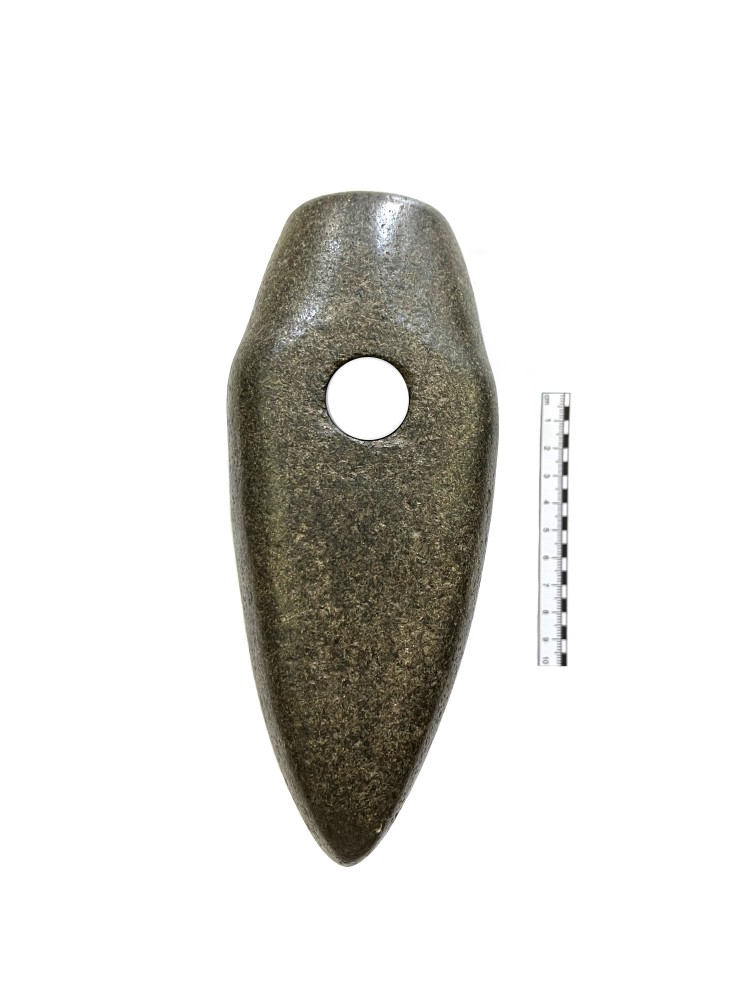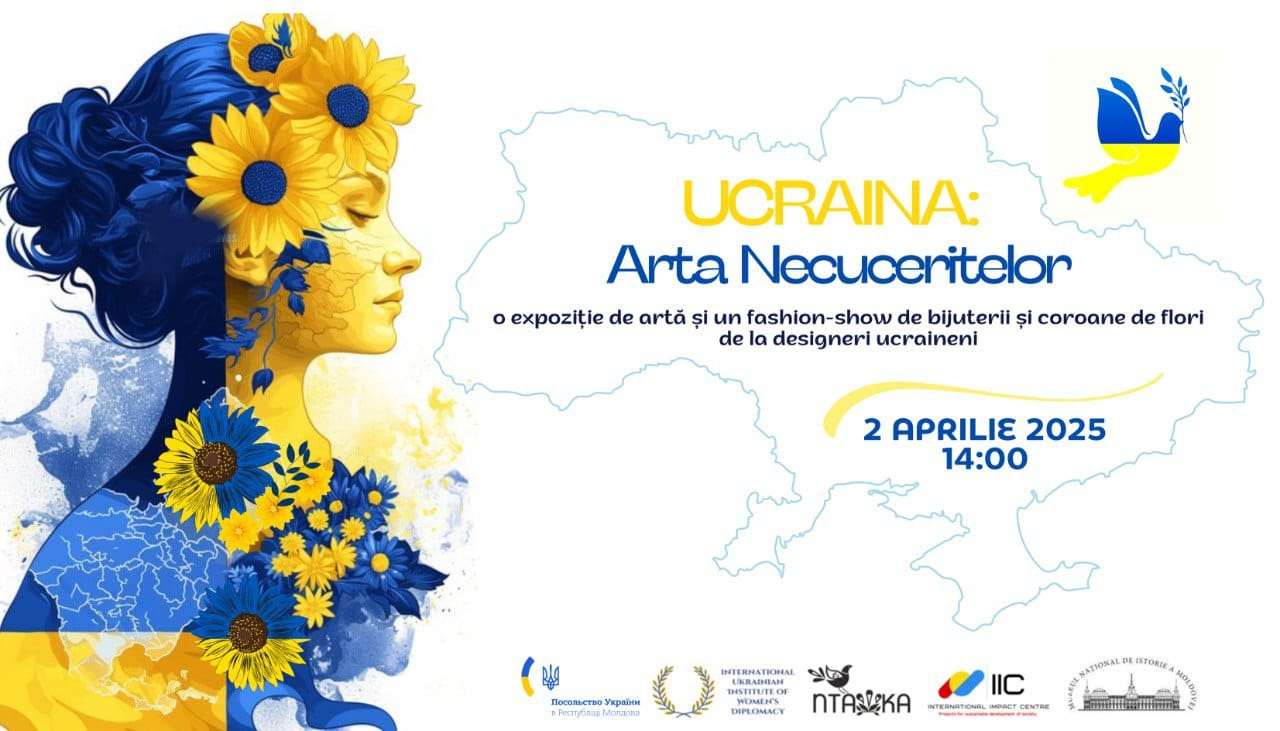  Events Archive Events Archive
Series of Activities: "Immersion in the Past"
November 2-30, 2024
The National Museum of History of Moldova, in partnership with the Association of Historical Reenactment Clubs "Bastion," organized a series of educational and interactive events throughout November, dedicated to medieval daily life and traditions. These activities aimed to provide visitors with an engaging and educational experience, bringing the Middle Ages to life.
On November 2, the lesson "The Medieval Man" introduced participants to the customs and social structure of the medieval period. The event included a mini-exhibition of medieval artifacts, such as household tools, military equipment, and clothing accessories, offering visitors insights into daily life and the social class distinctions of the era.
On November 9, participants explored medieval historical games during a workshop. These games, including Țintarul and The Fox and the Geese, were used both as entertainment and educational tools. They played a key role in developing critical thinking skills and strengthening social bonds within medieval communities.
Another highlight was the activity titled "The Armor of the Medieval Knight," which allowed visitors to learn about the military equipment of the period. Participants had the chance to try on replica armor and practice archery skills, gaining a deeper appreciation for medieval combat techniques.
On November 23, the workshop "Medieval Braiding Techniques" taught participants the traditional craft of three-finger braiding, a skill widely used in the Middle Ages and still relevant today. Passed down through generations, this craft exemplifies the continuity of traditions and their significance in understanding both tangible and intangible cultural heritage.
The series concluded on November 30 with the final lesson, "What is Historical Reconstruction?" This session provided a comprehensive overview of historical reenactment as a method for recreating and understanding historical realities. The lesson featured distinguished figures in the field:
• Oleg Sergheev, Vice President of the Historical Fencing Club "Spada Moldovei"
• Ruslan Sandu, Leader of the Historical Archery Club "Tevtar"
• Denis Pogrebnoi, President of the Association of Historical Reenactment Clubs of Moldova "Bastion" and Leader of the Club "Hvit Falk"
• Valeria Magrițchi, Representative of "Spada Moldovei" and Archer at "Tevtar."
The activities showcased the effectiveness of an interdisciplinary approach to promoting cultural heritage, blending historical education with interactive experiences. They emphasized the importance of historical reconstruction as both a research method and a way to popularize traditions, fostering a deeper understanding of the social and cultural context of the Middle Ages.
|

























































